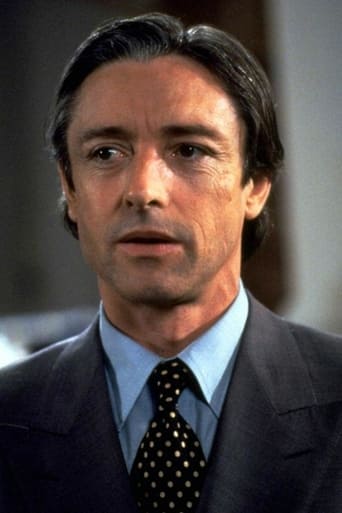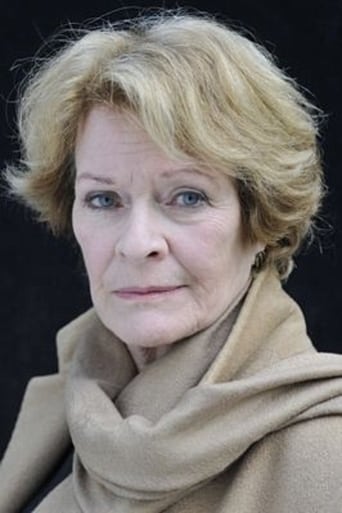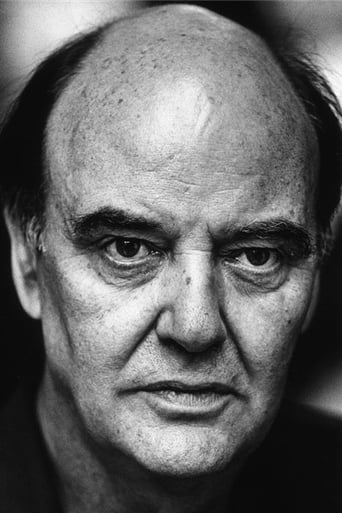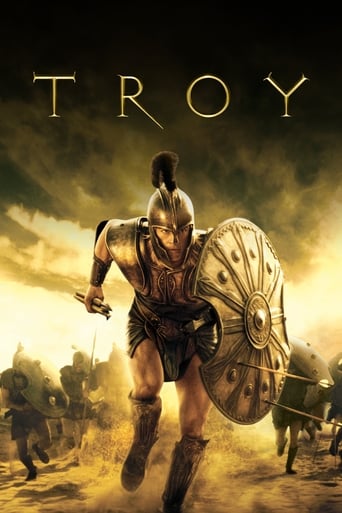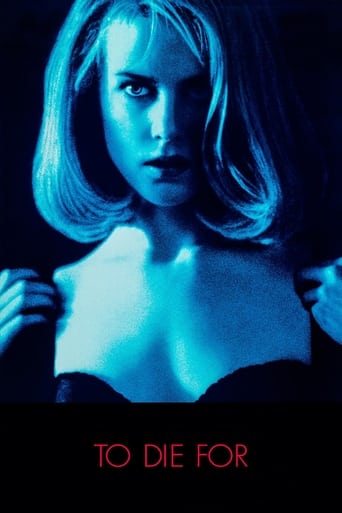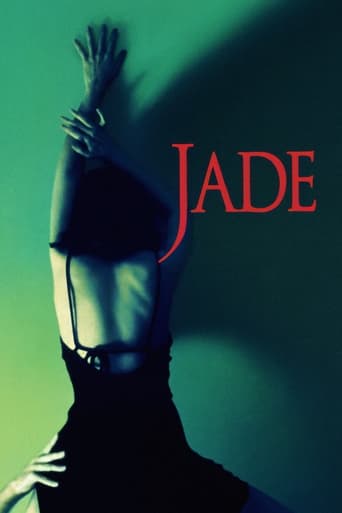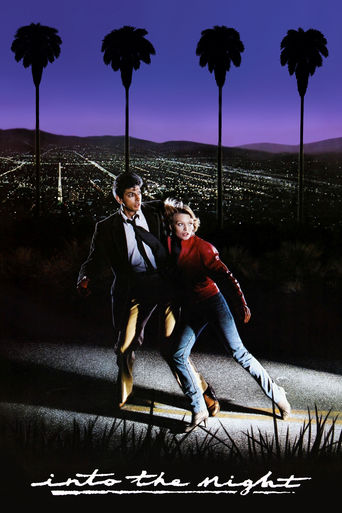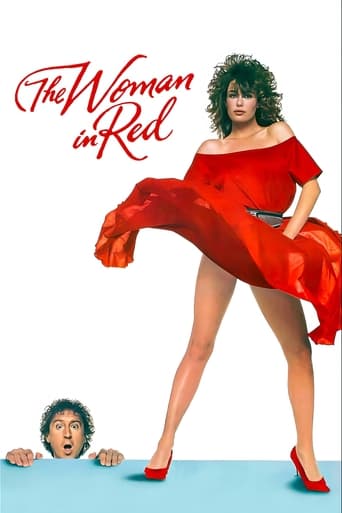
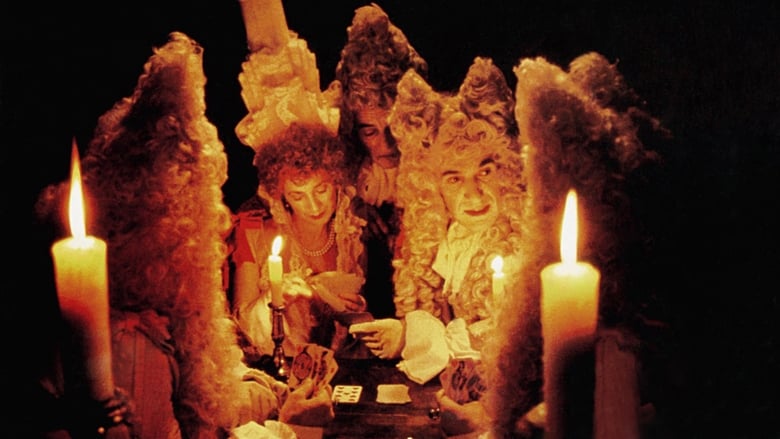
The Draughtsman's Contract (1983)
A young artist is commissioned by the wife of a wealthy landowner to make a series of drawings of the estate while her husband is away.
Watch Trailer
Cast


Similar titles
Reviews
Don't bombarded me with how extraordinary, witty, intelligent....a masterpiece, or a must-see. This film actually is so pretentious, gave you an era of 17th century England, gave you a murder mystery, then in the end, another killing, gave you a naked guy in oily paint, urinating, mimic like a statue, sometimes on the roof, sometimes on a pedestal, or climbed on the gate. 12 paintings for 12 fornications with 6 each with the mother and the daughter. What were you trying to tell us? A screenplay mixed with ancient sex and murders? An early primitive porn movie in Shakespearean style? Or with Tudor touch? Yet this ridiculous movie has a magic power to make most reviewers wear an Emperor's Clothes, claiming how great, how deep, how intelligent this movie is. But I'd like to tell you, this film sucks big time! If you wanted to do a porn movie, show us some real flesh or meat, man. If you want to tell us a murder, show us some cunning moves how it was done. This film is like a fart, so stink, yet mucho reviewers told you it smelled so good and so lovely. No, it's NOT! It really stinks, man.
UK maverick filmmaker Peter Greenaway's Venice main competition entry in 1982, arguably his feature debut, a period picture steeped in highbrow phraseology, sumptuous baroque costumes and elusive intrigues. In 1694, rural Wiltshire, Mr. Neville (Higgins), an eloquent, stuck-up draughtsman strikes a contact with Mrs. Virginia Herbert (Suzman), to complete 12 landscape drawings of her estate during the absence of her husband Mr. Herbert (Hill), with a proviso that Mrs. Herbert must meet him in private and consent to actions gratifying his pleasure, which Mrs. Herbert condones. Later, Sarah Talmann (Lambert), Mr. Herbert's sole daughter approaches to Mr. Neville with a new proposal, but this time, she should be the recipient of their carnal knowledge, moreover, maybe there is also a hidden agenda behind it, as we apprehend that Sarah is married to Mr. Talmann (Fraser), yet they have no heir to inherit the Herberts' fortune. A sinister turning point hits when Mr. Herbert's body is found in the moat around the estate, soon the presumption that clues of the said murder can be unobtrusively garnered from Mr. Neville's 12 drawings, unfortunately puts the latter in a perilous situation. In the final deciding crunch, Mr. Neville seems to be designated as the fall guy by a clique lead by the jealous Mr. Talmann, but nothing substantial of the conspiracy theory comes to full disclosure at last. The only unbidden witness of the appalling denouement is the camouflage man, a full-frontal figure at times inexplicably skulks out on the roof when the residents are dining al fresco, hides invisibly among the creepers, or straddles the bronze horse as a medieval knight, and finally gobbles up the pineapple. Greenaway contrives at great length to frame the 12 drawings with his principally stationary camera angle and a vaguely anachronistic apparatus, an expedient stems from his artist upbringing and magnificently instils each and every scene with painting-like allure and precision, which balances out the elocutionary hyperbole in a positive way. A core cast marshaled by Higgins, who triumphantly struts his haughtiness in an unstinting mode, precisely up to his last breath, whereas Janet Suzman puts on an imperial air spiked with a tense impression of self-inflicted dejection, she might be as clueless as the scapegoat, but is certainly swell in her cogent diction about pomegranate and deities. Anne-Louise Lambert, the ethereal Australian beauty from Peter Weir's PICNIC AT HANGING ROCK (1975), is quite unrecognizable (much as everybody else) under the elaborate garments, but pulls off a brilliant equivocation in contrast to Hugh Fraser's competently rebarbative impersonation of upper-crust impotence. Predominantly, composer Michael Nyman's Purcell-inflected accompanying score hones perfectly the Baroque decadence and essentially Greenaway's inimitable work remains as aloof, indecipherable and tongue-in-cheek as it aims to be.
This is the directorial debut of Peter Greenaway (Drowning by Numbers; The Cook, the Thief, His Wife and Her Lover, The Pillow Book), and I found it listed in the book 1001 Movies You Must See Before You Die, I hoped it would deserve five stars out of five as critics rated it. Basically set in rural Wiltshire, England in 1694, young and arrogant artist Mr. Neville (Anthony Higgins), also something of a romantic hero, is contracted by Mrs. Virginia Herbert (Janet Suzman) to produce 12 landscape drawings of the estate of her absent and estranged husband Mr. Herbert (Dave Hill). Part of the contract agreement is to meet with Mr. Neville in private, and to comply with his requests for the purposes of drawing, such as when servants and residents will not be present and obstructions will be removed during his sketching. Also Mr. Neville's contract agreement includes his pleasure, several sexual encounters follow between him and Mrs. Herbert, emphasising reluctance or distress for Mrs. Herbert, and showing the sexual aggression or insensitivity of Mr. Neville, while living on the estate he also gains a reputation with its dwellers, especially with Mr. Talmann (Hugh Fraser), Mrs. Herbert's son-in-law. Mrs. Herbert exhausted by meeting Mr. Neville to give him pleasure tries to terminate the contract before all drawings are completed, but the draughtsman refuses to stop and void the contract, he continues as before. Then Mr. Neville seems to be blackmailed into making a second contract by Mrs. Herbert's married but as yet childless daughter Mrs. Talmann (Anne-Louise Lambert), she has become attracted to him and he agrees to satisfy her pleasure, as opposed to his own. A number of curious objects appear in Mr. Neville's drawings, ultimately pointing to the murder of Mr. Herbert, who is found dead in the moat, the twelve drawings are completed, but Mr. Neville returns for an unlucky thirteenth drawing. While apparently completing the final drawing, Mr. Neville is approached by a masked stranger, obviously Mr. Talmann in disguise, he is joined by Mr. Thomas Noyes (Neil Cunningham), Mr. Seymour (David Gant) and eccentric landowner twins the Poulencs (Octopussy's David and Tony Meyer). The company accuses Mr. Neville of the murder of Mr. Herbert, as the drawings can be interpreted as evidence seeing more than one illegal act, he defensively denies these accusations, he is asked to remove his hat, which he does so mockingly, that is when they hit him on the head, burn out his eyes, club him to death, and throw his body into the moat where Mr. Herbert's body was found. Also starring Lynda La Plante as Mrs. Clement and Michael Feast as The Statue. Higgins gives a great performance as the arrogant artist paid in sexual favours, the aristocratic 17th century world looks authentic with great costumes and the beautiful estate, the drawing scenes are interesting, the sexual scenes are good, and the murder plot towards, with the drawings becoming witness evidence, is intriguing, also with great use of minimalist music by Michael Nyman that fit the remarkable visuals, and a witty script, it is a fantastic period drama. Very good!
A bizarre, quite unique period film, it is full of odd occurrences and it is technically quite well made, however the product is less than satisfying overall. Some of the dialogue is just rambling, and towards the end I really felt that this bogged down the production, despite some funny lines in the mix. The characters come off as rather cold, and some sequences in the film are not really explained properly. But is this confused and unwelcoming atmosphere what Greenaway intended? It might well be, even if knowing that does not help fix the uneasiness that one might feel when watching it. But enough of the 'bad', for the film has some great aspects too. Michael Nyman composes some wonderful music to fit alongside the action, the sets and costumes are flashy and eye-catching, and Greenaway particularly pays attention to giving the material a unique feel with the lighting design. It is an unusual film, and that makes it fascinating. Not the best out there, and from its director I prefer 'A Zed and Two Noughts', however this one is still worth a look.


